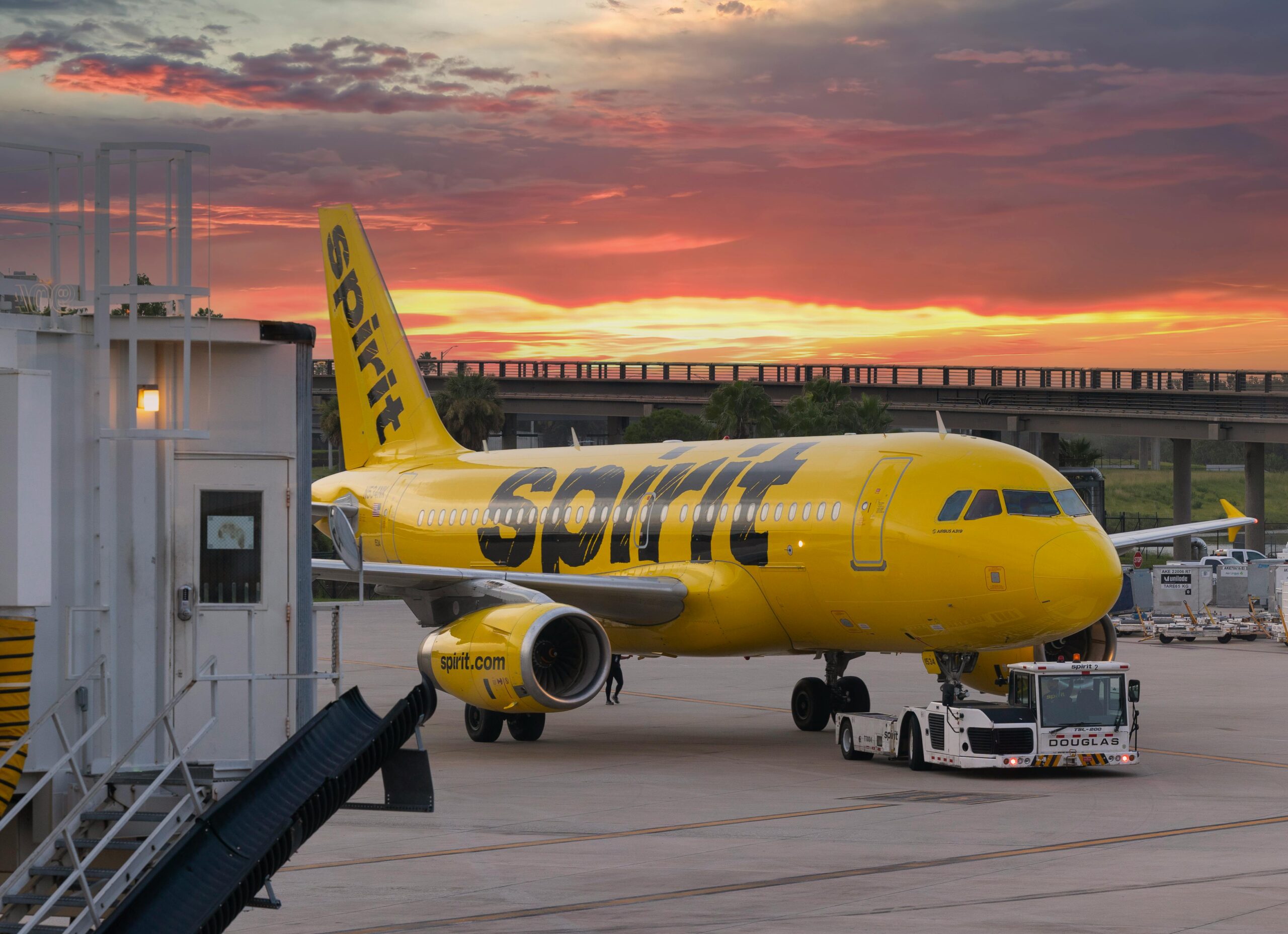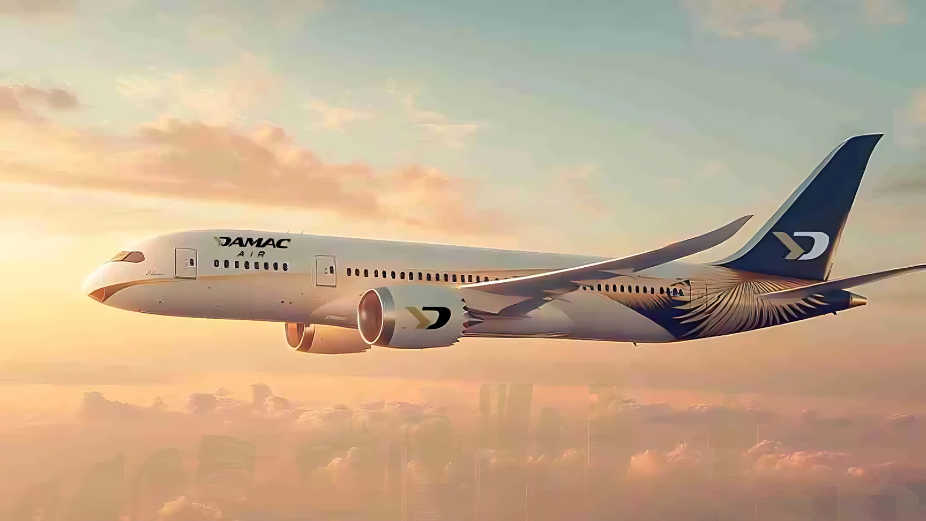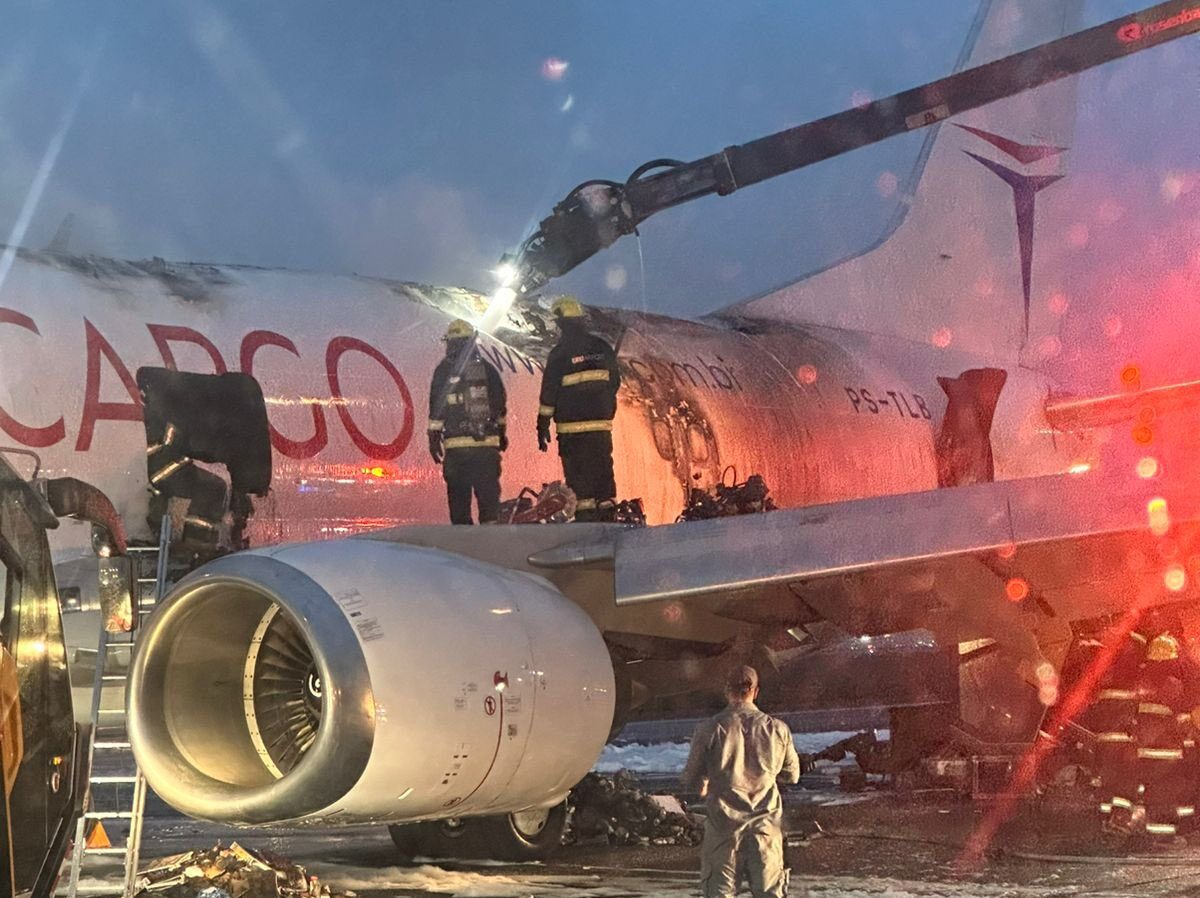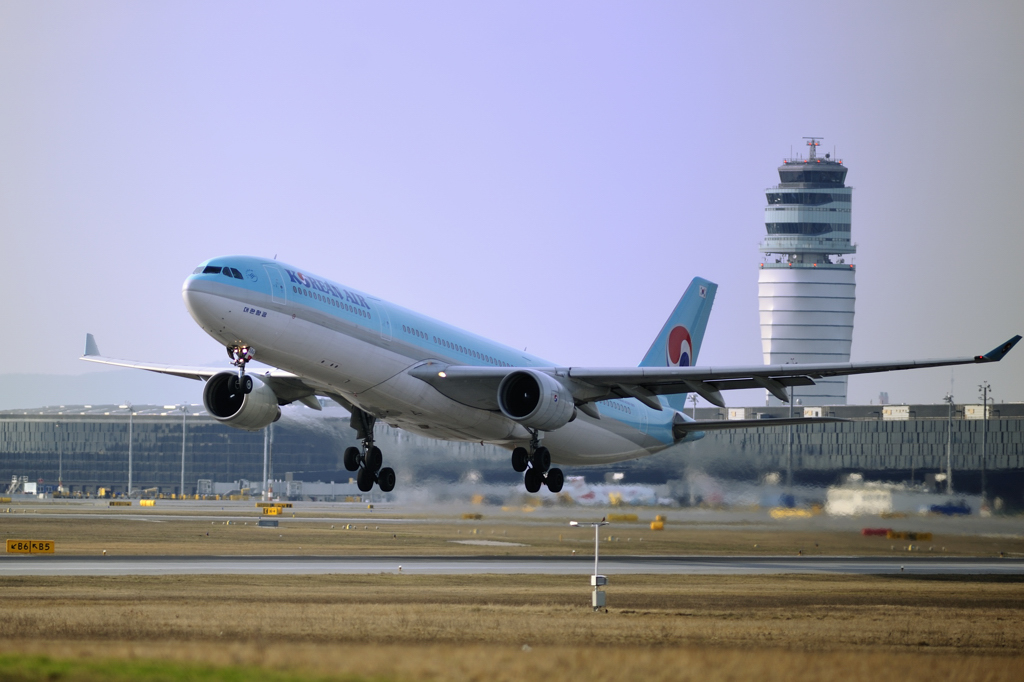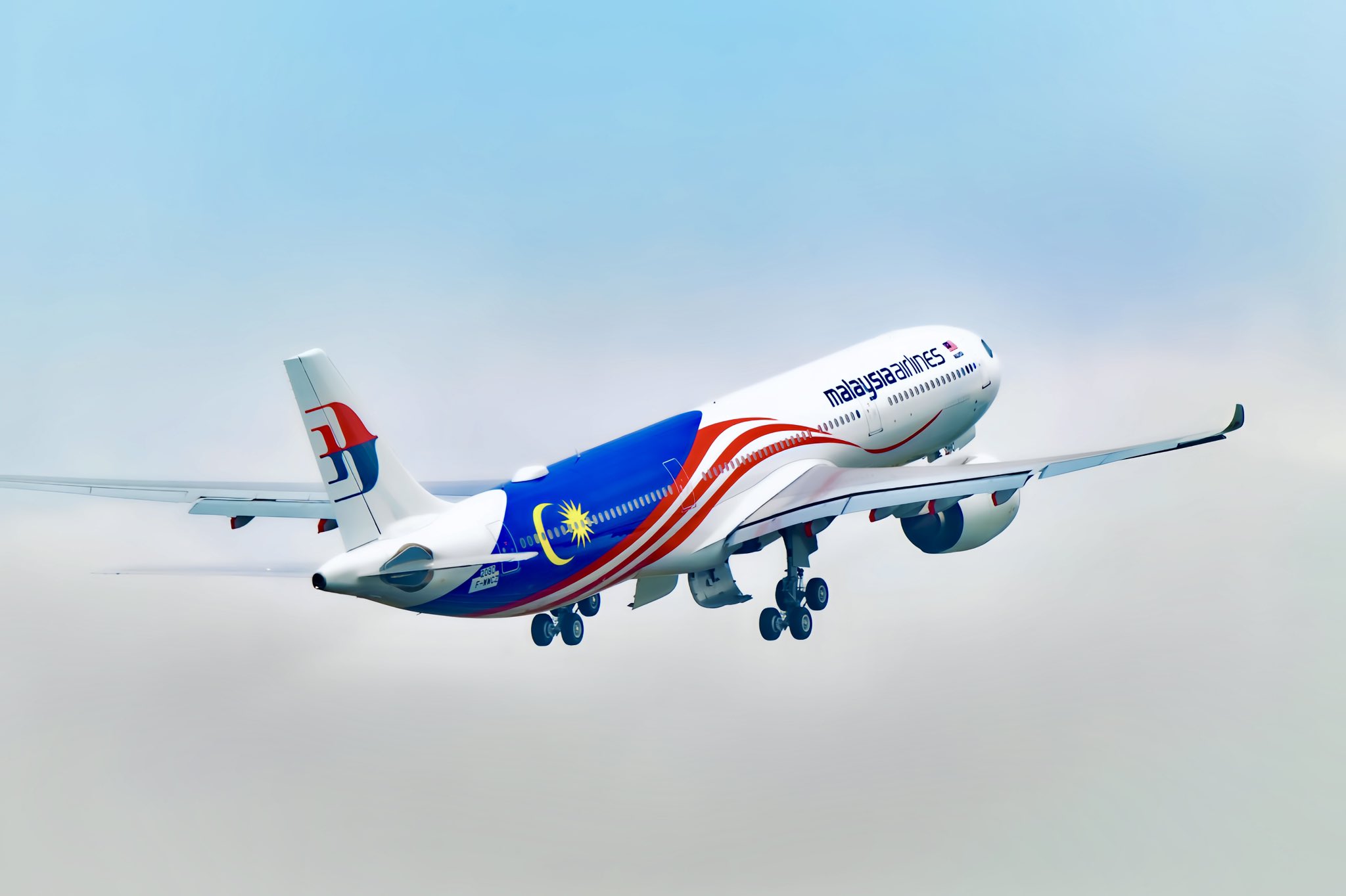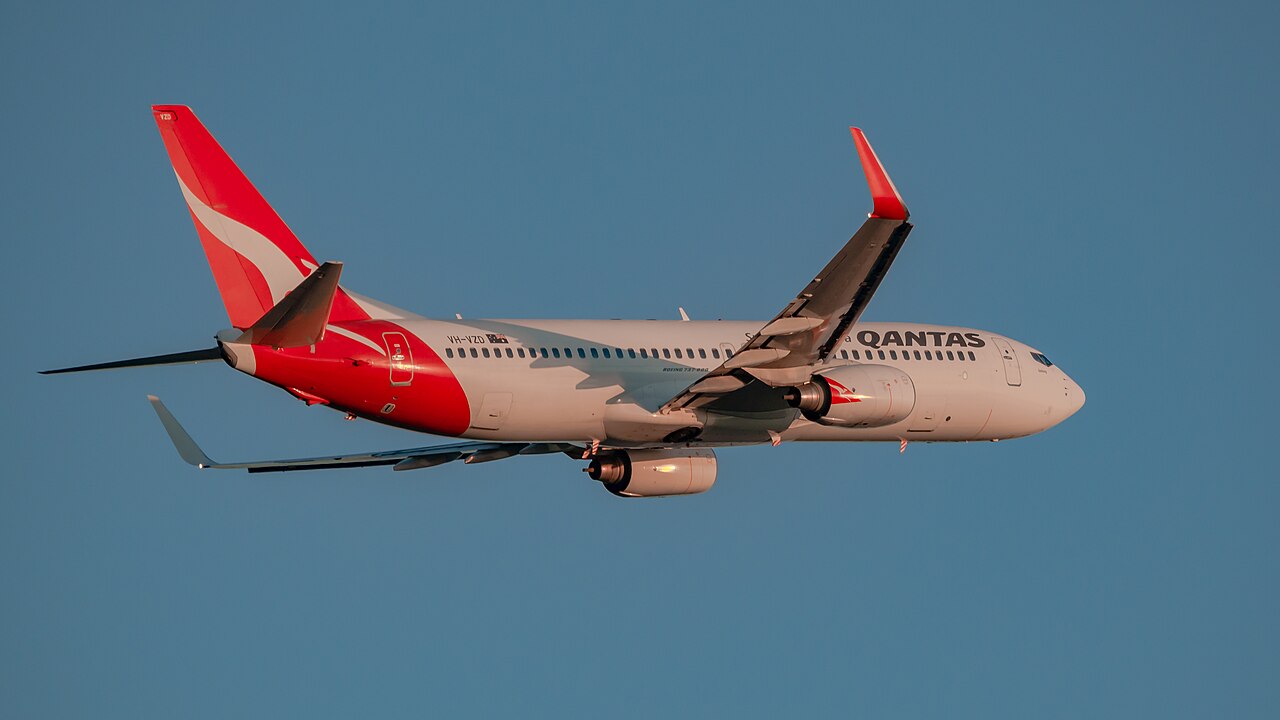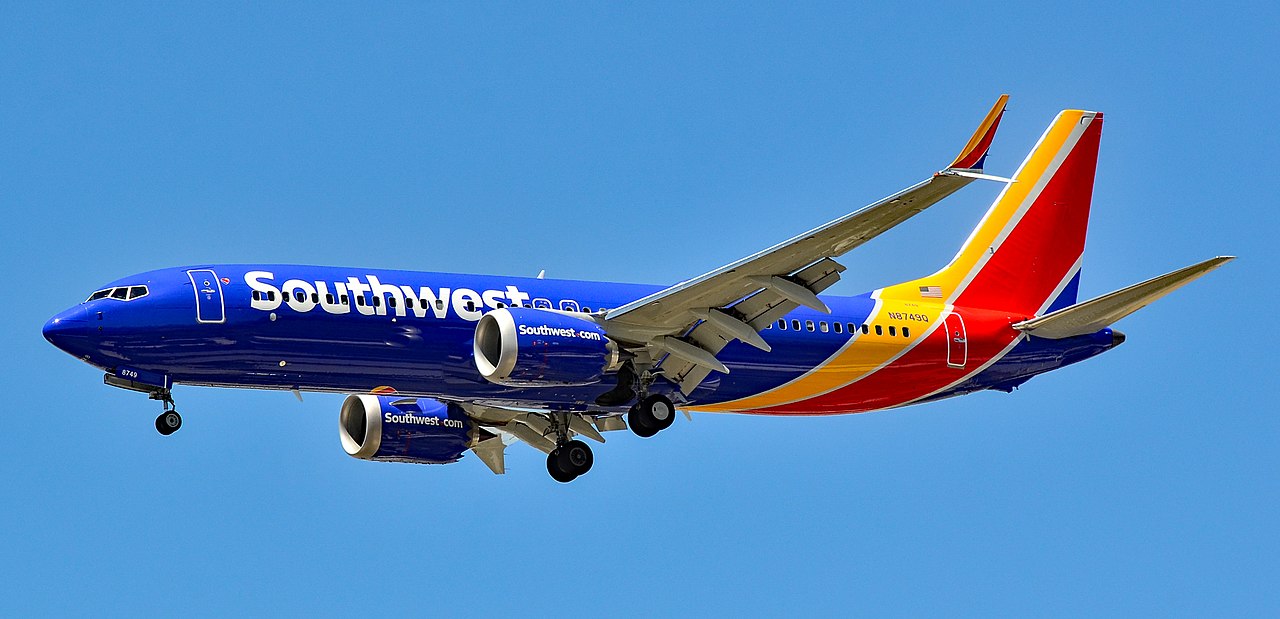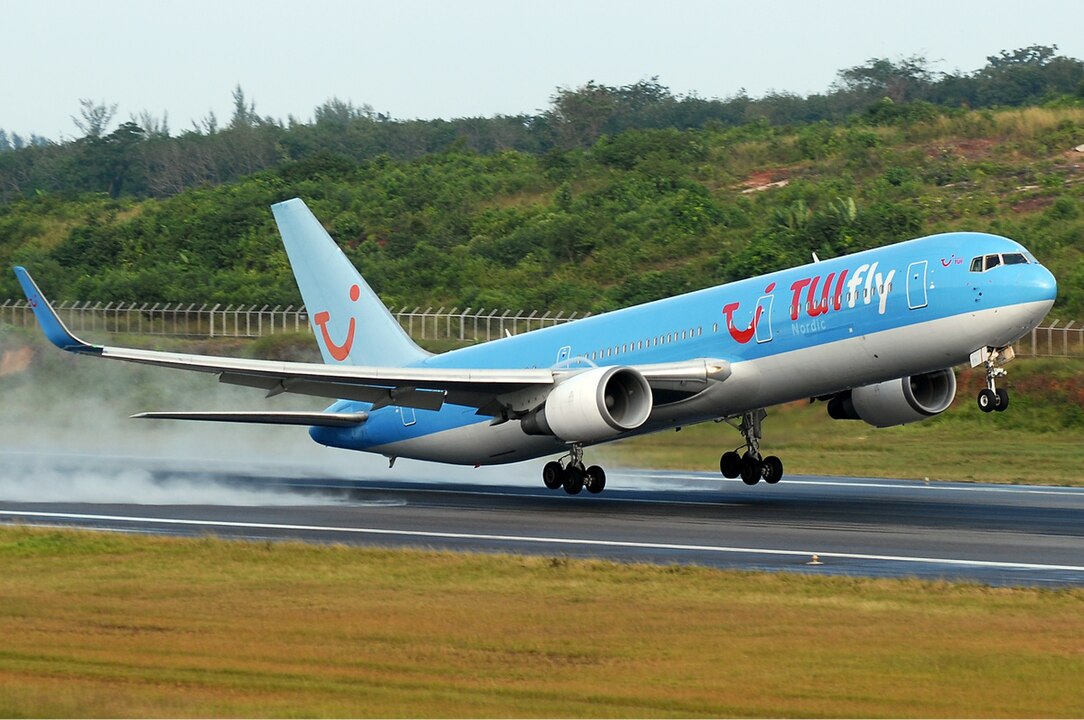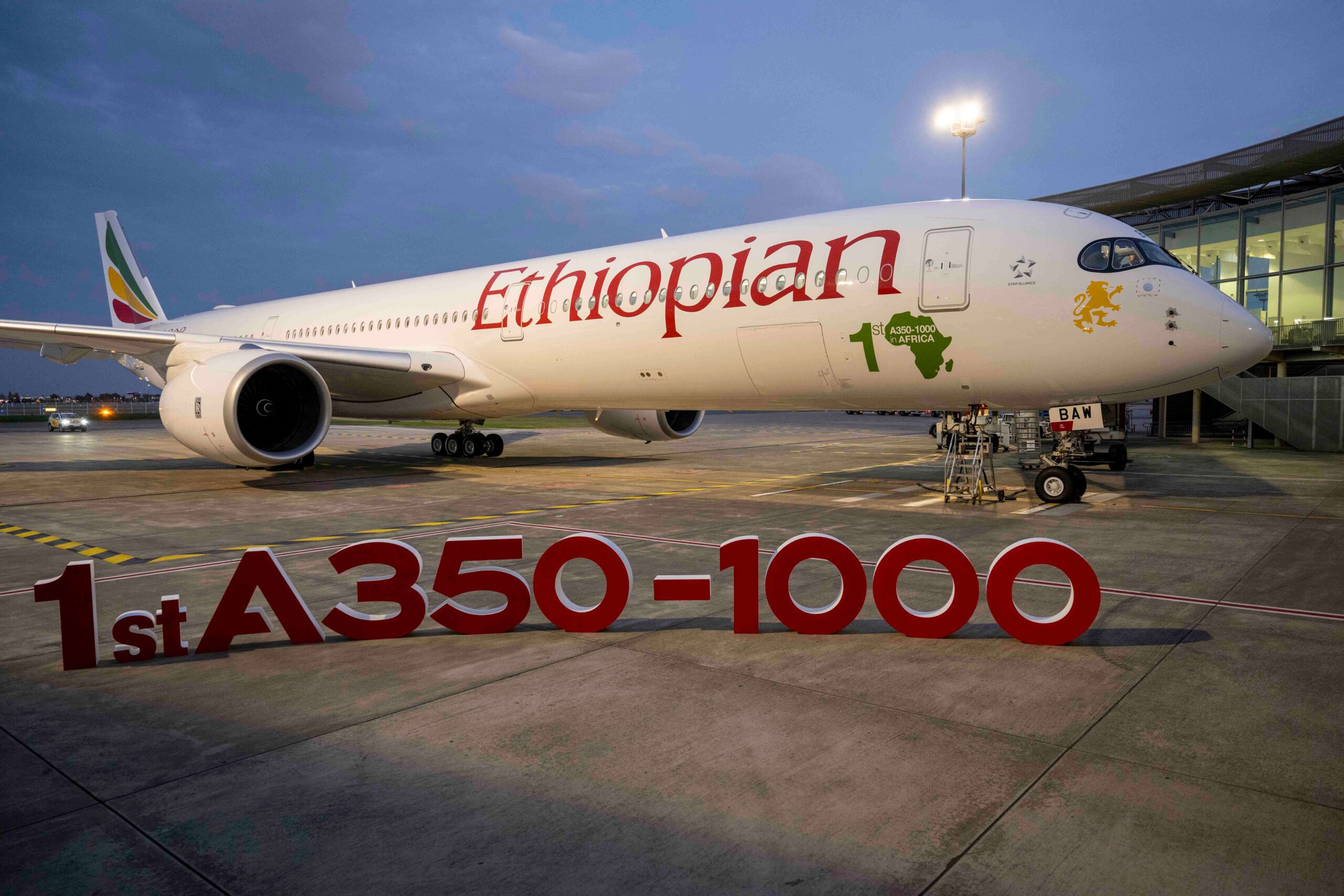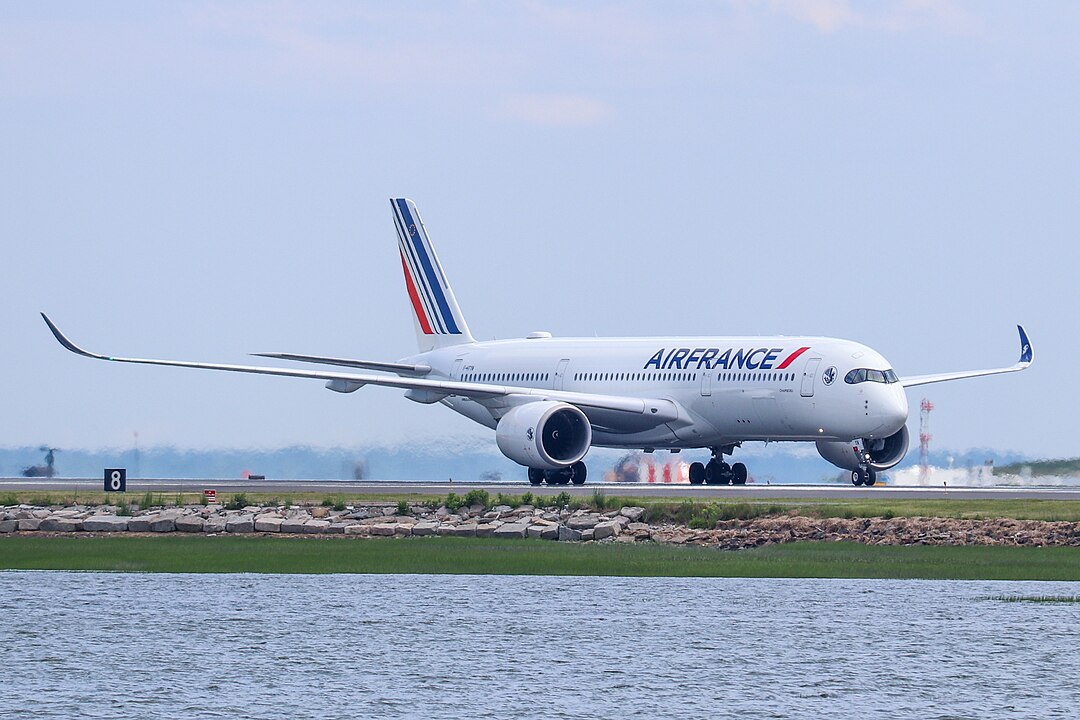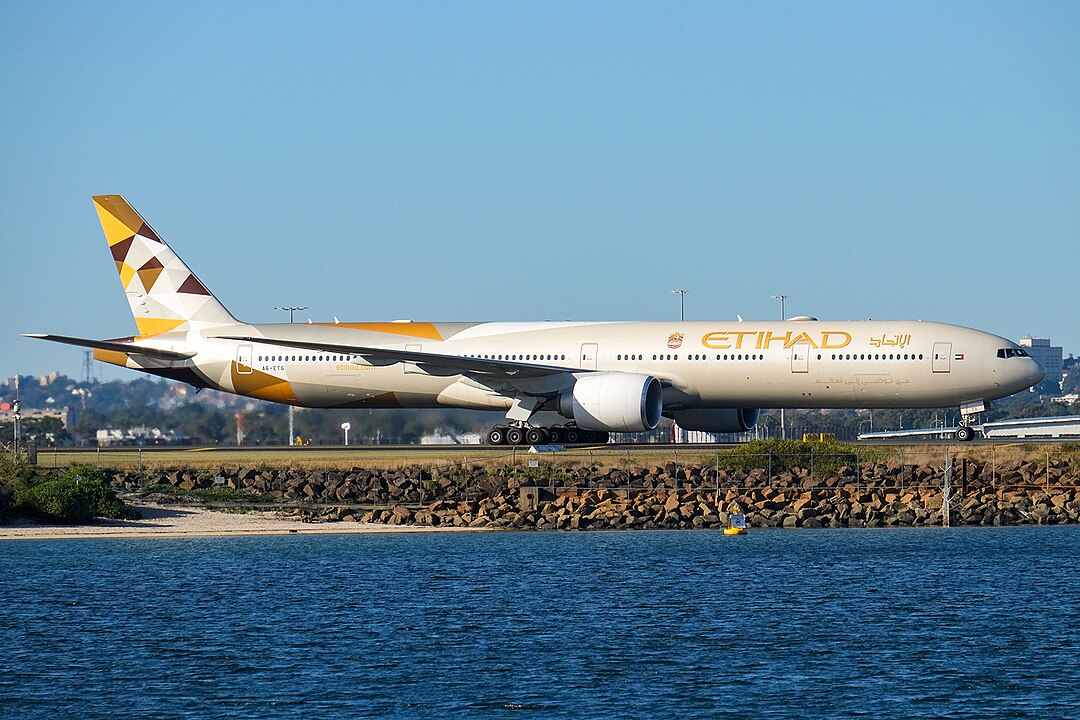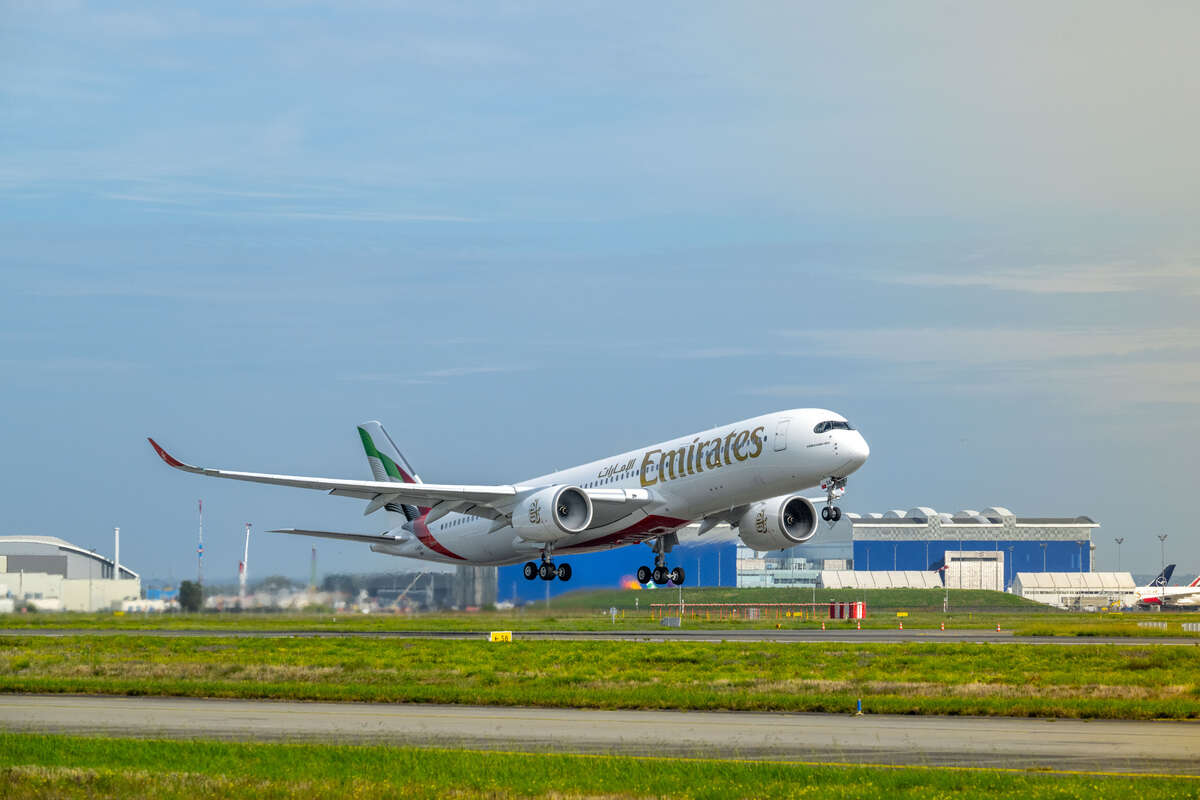NASA and Boeing have partnered to create a game-changing aircraft, the Transonic Truss-Braced Wing (TTBW) demonstrator, which has the potential to revolutionize the commercial aviation industry with its highly fuel-efficient design for narrowbody airliners. This public-private initiative will invest over $1 billion in developing, testing, and flying the demonstrator aircraft in the upcoming decade.
“Since the beginning, NASA has been with you when you fly. NASA has dared to go farther, faster, higher. And in doing so, NASA has made aviation more sustainable and dependable. It is in our DNA. It’s our goal that NASA’s partnership with Boeing to produce and test a full-scale demonstrator will help lead to future commercial airliners that are more fuel efficient, with benefits to the environment, the commercial aviation industry, and to passengers worldwide. If we are successful, we may see these technologies in planes that the public takes to the skies in the 2030s.”
NASA Administrator Bill Nelson

NASA Administrator Bill Nelson holds a model of an aircraft with a Transonic Truss-Braced Wing during a news conference on NASA’s Sustainable Flight Demonstrator project, Wednesday, Jan. 18, 2023, at the Mary W. Jackson NASA Headquarters building in Washington, DC. Through a Funded Space Act Agreement, The Boeing Company and its industry team will collaborate with NASA to develop and flight-test a full-scale Transonic Truss-Braced Wing demonstrator aircraft. Photo Credit: (NASA/Joel Kowsky)
Join us on TELEGRAM for the Latest Aviation Updates fresh to your phone.
Sustainable Flight Demonstrator Project
The Sustainable Flight Demonstrator (SFD) project aims to inform the development of a new generation of environmentally-friendly single-aisle planes. According to Pam Melroy, NASA’s Deputy Administrator, the project represents a thriving aspect of the agency’s focus on aeronautics.
The TTBW concept features an airplane with extra-long, thin wings that are reinforced by diagonal struts. This design results in an aircraft that is significantly more fuel-efficient than traditional airliners due to its shape, which generates less drag and burns less fuel. This project aims to revolutionize how people travel in the next few decades by meeting sustainability targets set for 2050. NASA and Boeing will be focusing specifically on the narrowbody segment, as it is the most sought-after type of aircraft by the airline industry and is responsible for a significant portion of the sector’s CO2 emissions globally.
Increasing Demand for Single-Aisle Aircraft
According to Boeing’s estimates, there will be a significant increase in demand for single-aisle aircraft, with an expected growth of 40,000 planes between 2035 and 2050. Todd Citron, the Chief Technology Officer at Boeing, stated that this partnership announcement marks the culmination of a ten-year collaboration that started with conceptual studies and wind-tunnel testing of the TTBW concept. As they work on developing this experimental aircraft, NASA and Boeing anticipate validating new technology that could potentially pave the way for the launch of a new aircraft model in the future.
“We’re honored to continue our partnership with NASA and to demonstrate technology that significantly improves aerodynamic efficiency resulting in substantially lower fuel burn and emissions. Boeing has been advancing a multipronged sustainability strategy, including fleet renewal, operational efficiency, renewable energy, and advanced technologies to support the U.S. Aviation Climate Action Plan and meet the industry objective of net zero carbon emissions by 2050. The Sustainable Flight Demonstrator builds on more than a decade of NASA, Boeing, and our industry partners’ investments to help achieve these objectives.”
Todd Citron, Boeing chief technology officer
Revolutionary and Fuel-Efficient Design
The Sustainable Flight Demonstrator (SFD) will have its wings positioned higher in the fuselage than current narrowbody jets. This design will create more space underneath the wings for advanced propulsion systems. As a result, a single-aisle airliner with a TTBW configuration can achieve a 30% reduction in fuel consumption and emissions compared to the most efficient single-aisle aircraft like the Boeing 737 MAX or the Airbus A320neo families.

Join us on TELEGRAM for the Latest Aviation Updates fresh to your phone.
NASA has selected Boeing and its industry team to lead the development and flight testing of a full-scale Transonic Truss-Braced Wing (TTBW) demonstrator airplane. Image by: Boeing
The newly designed wing of the TTBW concept is so long and thin that it requires a brace for support. However, the aircraft can also generate lift from this brace in addition to the wing. Therefore, this innovative design, inspired by the older concept of biplanes, is expected to revolutionize commercial airliners by reducing drag, thereby making them more fuel-efficient, according to NASA administrator Bill Nelson. The aircraft is planned to take its first flight in 2028
Sources:
- Boeing
- NASA
- Featured Image by Boeing
- Simple Flying
You might also like:
- Air Tanzania’s Impounded A220 Returns Home after 7 Months In The Netherlands
- Can UV Rays From Flying Hurt You?
- American Airlines Passengers Amazed as Service Dog Secures Three Seats for Comfortable Flight
- Schiphol Airport: Person Killed After Being Sucked Into Plane Engine
- Sriwijaya Air Boeing 737-500 missing.
Discover more from Aviation for Aviators
Subscribe to get the latest posts sent to your email.


